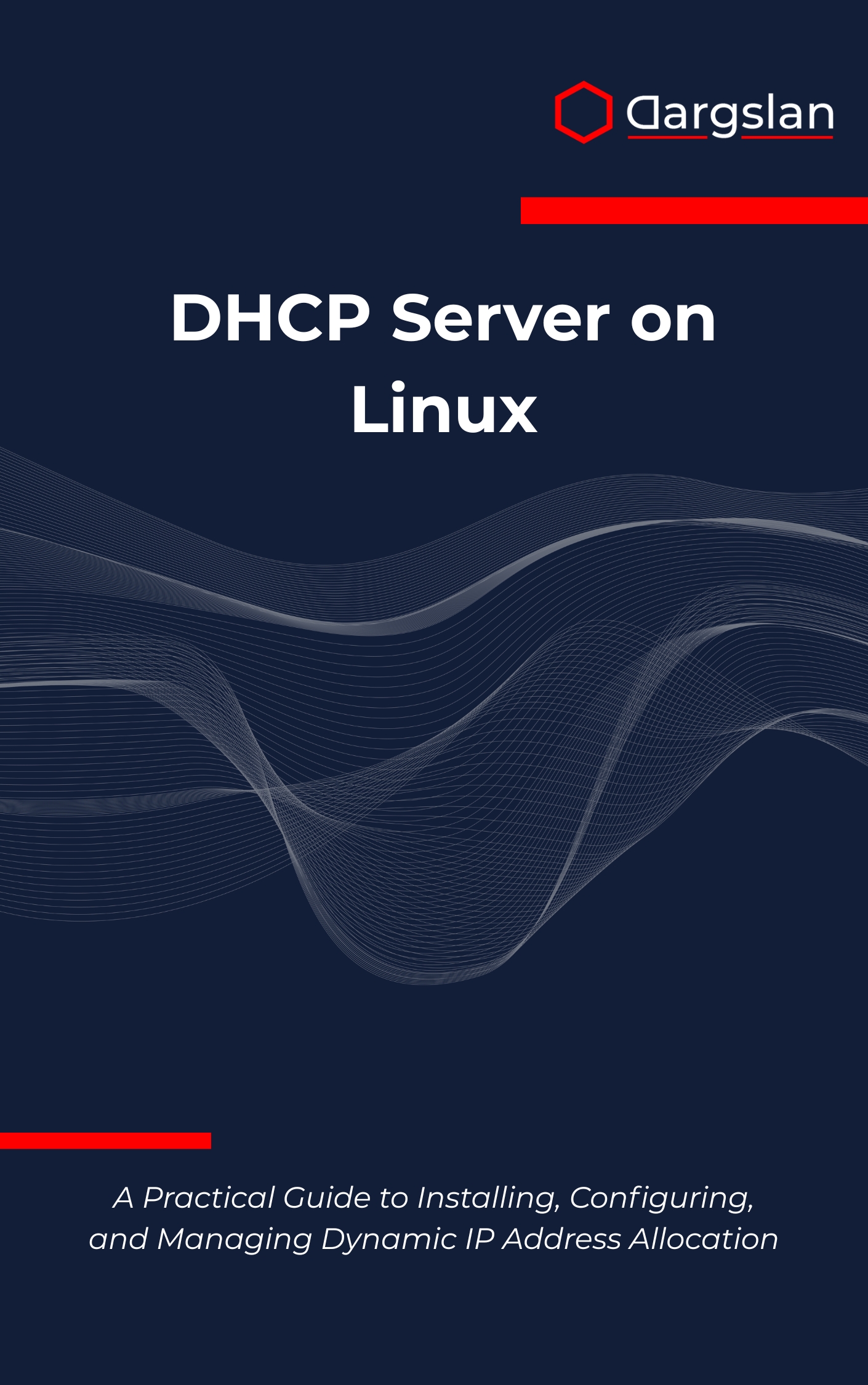DHCP Server on Linux
DHCP Server on Linux: A Practical Guide,Set up and manage DHCP on Linux for automated network configuration.

Every reliable network starts with predictable IP address allocation. Whether you’re running a small lab or a multi-site enterprise, mastering DHCP on Linux can prevent outages, accelerate provisioning, and simplify IP management across physical, virtual, and cloud estates.
This expert-crafted guide distills years of hands-on experience into a practical blueprint you can follow today. From first install to high availability and security hardening, you’ll learn how to design, deploy, and operate a rock-solid DHCP service that scales with your business.
A Practical Guide to Installing, Configuring, and Managing Dynamic IP Address Allocation
Overview
DHCP Server on Linux delivers a comprehensive, field-tested approach to building and maintaining resilient DHCP services in modern environments. As A Practical Guide to Installing, Configuring, and Managing Dynamic IP Address Allocation, it bridges the gap between basic how-tos and the advanced, production-ready workflows demanded by today’s Linux-savvy teams. You’ll master DHCP protocol fundamentals, ISC DHCP server installation, dhcpd.conf configuration, static IP reservations, lease management, DHCP options configuration, security hardening, failover configuration, DNS integration, troubleshooting methodologies, logging and monitoring, VLAN integration, cloud deployments, virtualization environments, high availability, and performance optimization—all framed through real-world examples.
This is an IT book tailored for system administrators, network engineers, and DevOps professionals who need a clear programming guide to infrastructure-as-code practices and a technical book that aligns with enterprise standards. With step-by-step configuration patterns, annotated snippets, and troubleshooting checklists, it equips you to implement network services that just work and to scale them with confidence.
Who This Book Is For
- System administrators and SREs who want dependable Linux-based DHCP, streamlined IP Management, and fewer late-night incidents through repeatable deployment patterns and hardened configurations.
- Network engineers and DevOps teams seeking clear learning outcomes in automation, DNS integration, VLAN-aware designs, and cloud-friendly rollouts that fit into CI/CD and Git-driven workflows.
- IT learners and career builders ready to turn theory into practice with guided labs, production-grade templates, and a motivational, hands-on path to managing critical Network services.
Key Lessons and Takeaways
- Build and configure production-ready DHCP services from scratch, including thoughtful dhcpd.conf structure, IP pools, static IP reservations, and context-aware DHCP options configuration for multi-subnet and VLAN integration.
- Engineer resilience with high availability using proven failover configuration patterns, robust logging and monitoring, and step-by-step troubleshooting methodologies that reduce mean time to recovery.
- Secure and optimize at scale with practical security hardening, lease management strategies, rogue server detection techniques, and performance optimization for busy networks, virtualization environments, and cloud deployments.
Why You’ll Love This Book
Clarity meets real-world practicality. Each concept is paired with concrete examples, annotated configuration snippets, and decision frameworks that help you choose the right approach for your environment. You’ll find pragmatic guidance on topics most guides gloss over—like lease database hygiene, auditing, change control, and cross-team coordination—so your DHCP service becomes a dependable pillar of your infrastructure.
Instead of abstract theory, you get a curated pathway from lab to production with proven patterns for Network reliability, IP Management lifecycle planning, and continuous improvement. The result is a straightforward, confidence-building experience for both new and seasoned Linux professionals.
How to Get the Most Out of It
- Start with the protocol foundations to understand message flows and timers, then move into installation and dhcpd.conf configuration before tackling advanced topics like DNS integration and high availability. Build a small lab to validate each chapter.
- Apply each concept in a real scenario: version-control your configs, run pre-flight checks, and monitor logs to verify intent. Track lease utilization, test static reservations, and document operational runbooks for smooth handoffs.
- Reinforce learning with mini-projects: deploy a dual-node failover pair, integrate dynamic DNS updates, simulate VLANs, and benchmark performance under load. Extend the lab to virtualization environments and cloud deployments for end-to-end confidence.
Get Your Copy
Ready to simplify deployment, boost reliability, and run DHCP like a pro on Linux? Equip yourself with step-by-step workflows, hardened configurations, and expert checklists that translate directly to the real world.




